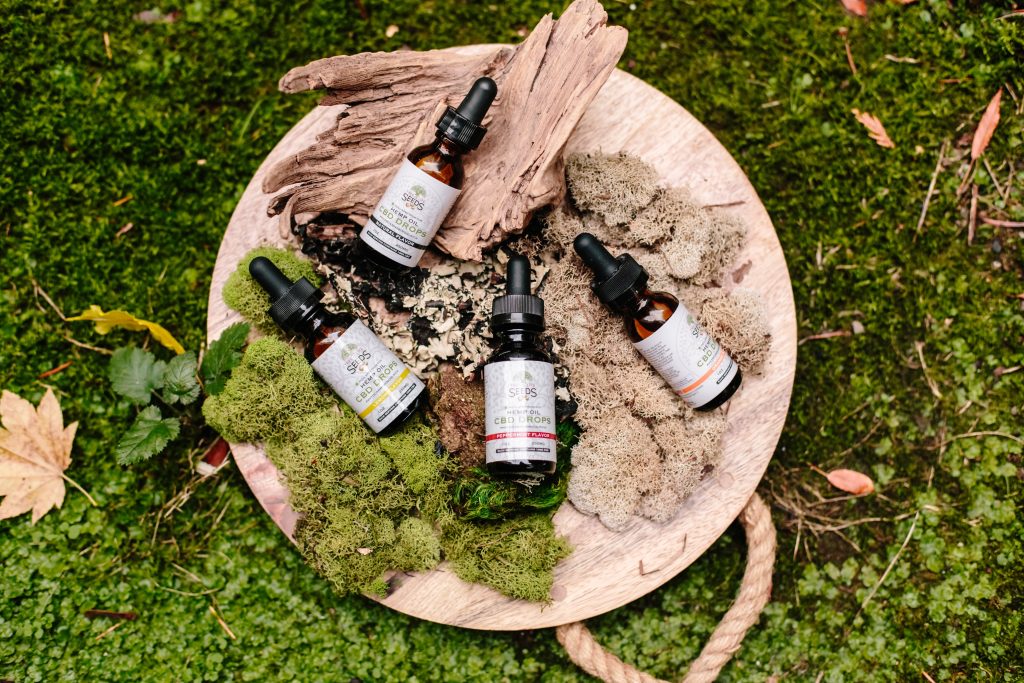
How topical CBD products work and why you should be using them
Since Canada passed cannabis legislation in 2018, more and more people have started experimenting with its non-psychoactive products. Many Canadians are now accepting the idea that cannabis is not just a means to get you high, it can provide relief in a variety of ways.
Topical cannabis creams, balms and oils are some products that will surprise you in your mother’s medicine cabinet alongside traditional pain relievers like ibuprofen or A535. They have become a common ointment for people suffering from inflammation, sore muscles, and chronic pain – but how does it work?
Recent studies have shown the effectiveness of CBD absorption through the skin as a therapeutic treatment for pain and discomfort. Although researchers are not yet fully aware of how cannabis communicates with and affects the body, we are learning more every day.
How do topical CBD products work?
Topical CBD products work by interacting with the endocannabinoid system (ECS). The ECR is responsible for regulating functions in the body such as appetite, memory, sleep, pain and the immune system. The system is unique – both naturally occurring cannabinoids and cannabis compounds such as THC and CBD activate the ECS.
These compounds work by binding to a receptor. Either CB2 (cannabinoid receptor type 2), a G-protein coupled receptor, or CB1 (cannabinoid receptor type 1). These receptors are responsible for the effectiveness of the psychoactive properties of THC, the active ingredient in cannabis. CB2 receptors are mainly found on immune cells throughout the body. In general, CB2 receptors are less common than CB1, but both are present on the surface of the skin. This makes it an easy way to incorporate the cannabinoid of your choice into your system.
How does the endocannabinoid system regulate pain?
Photo courtesy of Pexels
A good example of the ECS and the ability to naturally regulate pain is when you experience brief, localized pain. For example, if you bump your toe against the edge of your coffee table, you will immediately feel pain that naturally subsides within minutes – this is the ECS in action. Your central nervous system uses enzymes that create endocannabinoid molecules to slow down and eventually stop these pain signals. THC or CBD can bind to the CB1 and CB2 receptors, either by mimicking endocannabinoids produced by your body and activating the receptors, or by blocking receptors and limiting their activity.
When THC interacts with the endocannabinoid system, it slows communication between cells and the nervous system. This leads to feelings of extreme relaxation, increased appetite, and increased sensation or awareness. When we introduce CBD into the body, it prevents endocannabinoids from breaking down. Which will have a bigger impact on your body without the high associated with THC.
Creams, lotions, and balms fortified with CBD are particularly good at relieving localized pain and discomfort. Especially pain from sore muscles or inflammation around the joints when using the ECS. The ever-increasing number of personal reports from individuals experiencing the benefits of topical CBD use have noted improved mobility thanks to reduced inflammation and relief from pain. For many, this relief has led to a significant improvement in quality of life. Anyone can tell you that relieving pain has a huge impact on your physical and mental wellbeing.
If you’re experiencing arthritic pain or sore muscles, or just want a little extra relaxation, CBD-infused balms can be an option worth exploring.

Post a comment: